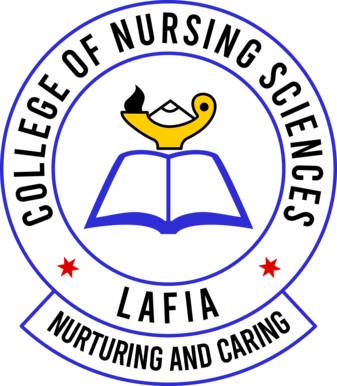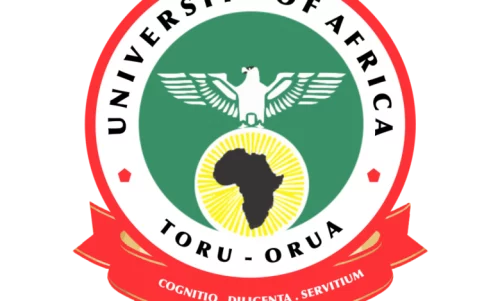Biology Keypoints: Respiration; Respiration refers to the process of obtaining energy from food by converting it into usable energy. This energy is required for the various metabolic activities that occur in an organism.
Study other biology keypoints
Respiration involves the breakdown of complex organic molecules (such as glucose) into simpler molecules, such as water and carbon dioxide. This process releases energy, which is stored in the form of ATP (adenosine triphosphate) molecules. Respiration can be broadly classified into two types: aerobic and anaerobic.
B. Respiratory organs and surfaces:
Respiratory organs and surfaces are specialized structures that facilitate the exchange of gases between an organism and its environment. In aquatic animals, gills are the respiratory organs, while in terrestrial animals, lungs are the primary respiratory organs. The respiratory surfaces in plants are the stomata, which are small openings on the surface of leaves that allow for gas exchange.
C. The mechanism of gaseous exchange in:
i. Plants:
In plants, gaseous exchange occurs through small openings called stomata. Stomata are present on the surface of leaves and stems. During the process of photosynthesis, oxygen is produced and carbon dioxide is consumed. During respiration, this process is reversed, and oxygen is consumed while carbon dioxide is produced. The stomata open during the day and close at night to regulate the exchange of gases and prevent water loss.
ii. Mammals:
In mammals, the primary respiratory organ is the lungs. The lungs are located in the thoracic cavity and are protected by the rib cage. Air enters the lungs through the trachea, which divides into two bronchi, one leading to each lung. The bronchi further divide into smaller bronchioles, which terminate in small sacs called alveoli. The alveoli are the site of gaseous exchange, where oxygen diffuses into the bloodstream and carbon dioxide diffuses out of the bloodstream.
D. Aerobic respiration:
Aerobic respiration is the process of obtaining energy from food in the presence of oxygen. The breakdown of glucose during aerobic respiration occurs in four stages: glycolysis, the transition reaction, the Krebs cycle, and the electron transport chain. The net result of aerobic respiration is the production of 36-38 ATP molecules, depending on the type of cell and the efficiency of the process.
E. Anaerobic respiration:
Anaerobic respiration is the process of obtaining energy from food in the absence of oxygen. This process occurs in two stages: glycolysis and fermentation. Fermentation is a less efficient process than aerobic respiration, and the net gain of ATP molecules is only 2.
Anaerobic respiration is common in bacteria and yeast, which can survive in anaerobic environments. In humans, anaerobic respiration occurs during intense exercise when the oxygen supply to the muscles is insufficient to meet the demand for energy.
Significance of respiration: Biology Keypoints: Respiration
Respiration is a vital process for all living organisms, as it provides the energy required for various metabolic activities. Through respiration, glucose and other complex organic molecules are broken down into simpler molecules, such as water and carbon dioxide, releasing energy in the process. This energy is stored in the form of ATP molecules, which are used as a source of energy for cellular activities. Respiration is also essential for the removal of waste products, such as carbon dioxide, from the body. Without respiration, living organisms would not be able to carry out essential functions, and eventually, die.
Simplified outline of the chemical process involved in glycolysis and Kreb’s cycle with reference to the role of ATP:
Glycolysis is the first step in the breakdown of glucose during respiration. In glycolysis, glucose is converted into two molecules of pyruvate. This process occurs in the cytoplasm of cells and does not require oxygen. During glycolysis, ATP is produced through substrate-level phosphorylation, where a phosphate group is transferred from a substrate molecule to ADP to form ATP. The net gain of ATP molecules during glycolysis is two.

The Krebs cycle, also known as the citric acid cycle, occurs in the mitochondrial matrix and is the second stage in the breakdown of glucose. In the Krebs cycle, pyruvate is converted into acetyl-CoA, which enters the process. The Krebs cycle produces ATP through substrate-level phosphorylation and NADH and FADH2, which are used in the electron transport chain to produce more ATP. The net gain of ATP molecules during the Krebs cycle is two.
Experimental setup, gaseous exchange, and products, exchange, and production of heat energy during respiration:
During respiration, there is an exchange of gases and the production of heat energy. To observe this process, an experimental setup can be designed where a small animal is placed in a sealed container with a gas sensor and a thermometer. As the animal respires, the carbon dioxide produced can be measured by the gas sensor, and the temperature can be monitored by the thermometer.
The exchange of gases can be observed by measuring the oxygen and carbon dioxide levels in the container. Initially, the oxygen levels will decrease as the animal consumes oxygen for respiration, and the carbon dioxide levels will increase as the animal produces carbon dioxide. The amount of oxygen consumed and carbon dioxide produced can be used to determine the respiration rate.
The production of heat energy can be observed by measuring the change in temperature in the container. As the animal respires, energy is released in the form of heat. This heat energy causes the temperature to increase, which can be measured by the thermometer. The rate of heat production can be used to determine the respiration rate.
Overall, an experimental setup can be used to observe the exchange of gases, the production of heat energy, and the products produced during respiration, providing insights into the process of respiration and its significance in living organisms.












